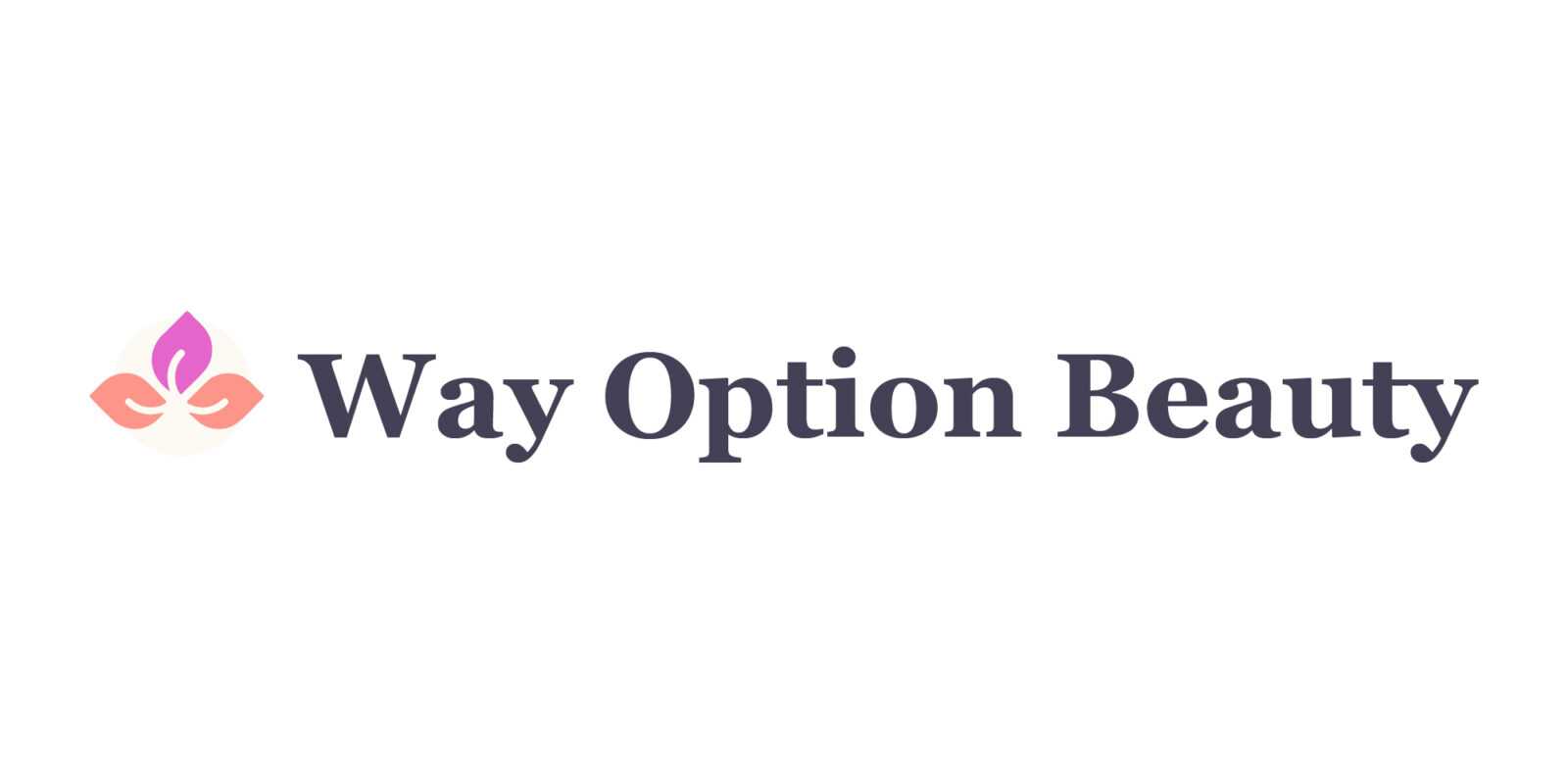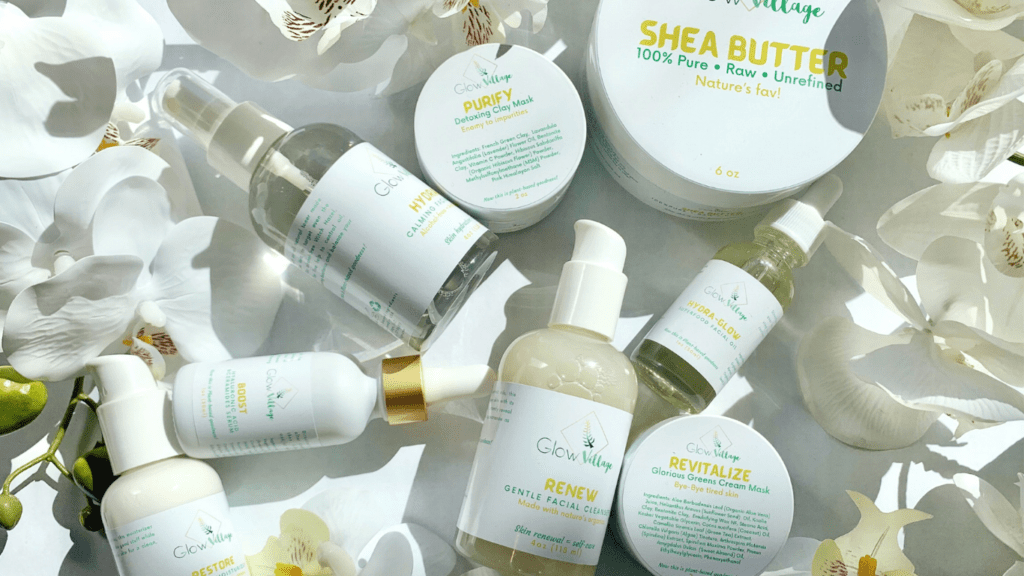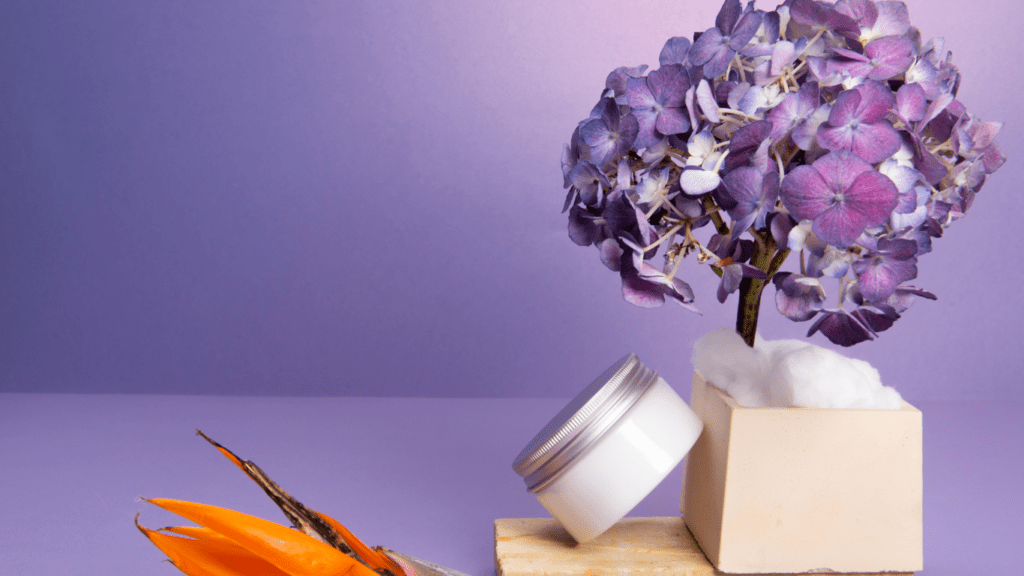Overview Of Sustainable Skincare
Sustainable skincare focuses on minimizing environmental impact through eco-conscious practices. Beauty brands are now prioritizing biodegradable packaging, ethically sourced ingredients, and cruelty-free testing. Recycling programs, refillable containers, and waterless formulations are becoming common.
Several brands use biodegradable materials (e.g., cornstarch-based plastics) for packaging. Ethical sourcing ensures ingredients are harvested without harming ecosystems. Cruelty-free testing means they don’t test products on animals, reducing animal suffering.
Recycling programs encourage consumers to return used packaging for proper disposal. Refillable containers cut down on waste, promoting a circular economy. Waterless formulations save water resources, crucial in areas with water scarcity.
Brands embracing these practices include Burt’s Bees, Drunk Elephant, and Lush. Burt’s Bees uses natural ingredients and recyclable packaging. Drunk Elephant focuses on biocompatible, toxin-free ingredients. Lush actively campaigns against animal testing and offers refillable options.
Sustainable skincare isn’t just a trend—it’s an essential shift towards reducing the beauty industry’s environmental footprint.
Beauty brands are adopting several e
Key Eco-Friendly Practices In Skincare

co-friendly practices to redefine sustainability. These practices focus on sourcing, packaging, and overall environmental impact, ensuring that skincare routines are planet-friendly.
Sustainable Sourcing Of Ingredients
Brands are committing to sustainably sourced ingredients, selecting materials that are ethically harvested. For example, they use plant-based extracts like:
- chamomile
- lavender
grown without pesticides. This reduces environmental harm and ensures ingredient purity.
Eco-Friendly Packaging Solutions
Brands invest in eco-friendly packaging, using materials that break down naturally. Options include biodegradable plastics and compostable paper. Many brands, like Aveda and REN, offer refillable containers, reducing waste.
Carbon-Neutral And Zero-Waste Initiatives
Brands aim for carbon neutrality and zero waste by minimizing carbon footprints. They use renewable energy sources for production and offset emissions through reforestation projects. Companies like L’Oréal and The Body Shop actively participate in zero-waste programs.
Leading Brands In Sustainable Skincare
Several pioneering brands are setting new standards in sustainable skincare. My focus here is on their unique commitments and practices that differentiate them.
Brand 1: Commitment And Practices
Lush integrates sustainability into every aspect of its business. Lush’s solid shampoo bars eliminate the need for plastic bottles, drastically reducing waste. They use natural ingredients like fresh fruits and essential oils, ensuring minimal environmental impact. Beyond products, Lush runs ethical campaigns supporting environmental conservation and animal rights.
Brand 2: Commitment And Practices
Drunk Elephant combines efficacy with sustainability. Drunk Elephant’s commitment to clean packaging involves recyclable materials and minimalistic designs. They use bioavailable ingredients free from what they call the “Suspicious 6”: essential oils, drying alcohols, silicones, chemical sunscreens, fragrances/dyes, and SLS. Drunk Elephant’s formulation philosophy helps maintain both skin health and environmental wellness.
Brand 3: Commitment And Practices
Aveda exemplifies sustainability through eco-friendly packaging and ingredient sourcing. Aveda sources botanicals from Fair Trade-certified suppliers, ensures cruelty-free testing, and uses 100% post-consumer recycled PET for product packaging. They also champion renewable energy, with Aveda’s primary manufacturing facility powered entirely by wind energy.
Consumer Impact And Demand
Consumers increasingly prioritize sustainability when selecting skincare products. This shift in demand is driving brands to adopt eco-friendly practices.
Market Trends And Consumer Preferences
The clean beauty movement is gaining traction. A 2019 survey by NPD Group found that 50% of respondents preferred products with natural or organic ingredients. Brands respond by offering eco-friendly alternatives, like waterless formulations and biodegradable packaging. The rise of conscious consumerism has also led to an increase in the availability of refillable skincare products, empowering consumers to reduce waste.
The Role Of Certifications And Labels
- Certifications and labels build consumer trust.
- The presence of certifications like USDA Organic or Fair Trade informs buyers about a product’s sustainability.
- Brands like Juice Beauty and Tata Harper showcase these labels to illustrate their commitment to ethical practices.
- Labels such as Leaping Bunny ensure products are cruelty-free, while the Rainforest Alliance Certified mark indicates sustainable farming practices.
- Conversely, EcoCert certifies that products meet environmental and social standards, enhancing brand credibility.
Challenges And Opportunities
Beauty brands face both challenges and opportunities in their journey towards sustainability. Let’s explore the barriers they overcome and the innovations shaping the future of sustainable skincare.
Overcoming Barriers To Sustainability
Achieving sustainability in skincare presents several obstacles. One major challenge is sourcing eco-friendly materials. Finding reliable suppliers for ethically harvested ingredients, biodegradable packaging, and cruelty-free test methods can be time-consuming and costly. For example, Fair Trade-certified botanicals require thorough vetting to ensure they meet ethical standards.
R&D investment also poses a significant challenge. Developing new formulations that are both effective and environmentally friendly often requires advanced research and testing. Brands need to balance efficacy with sustainability, which is not always straightforward.
Consumer education is another hurdle. Many consumers remain unaware of the environmental impact of non-sustainable products. Brands must invest in educating consumers about the benefits of eco-friendly options to drive demand. Initiatives like transparent labeling and sustainability certifications help bridge this gap.
Future Innovations In Sustainable Skincare
Despite these challenges, the future of sustainable skincare looks promising with several innovative solutions. The development of lab-grown ingredients, such as algae-based extracts and bioengineered botanicals, offers an opportunity to reduce reliance on natural resources and ensure consistent quality.
Advanced packaging technologies are making strides as well. Brands are exploring novel materials like mushroom-based packaging and recyclable metal containers. These innovations aim to minimize waste and enhance product longevity.
Waterless formulations represent another exciting frontier. By eliminating water from products, brands can create highly concentrated formulas with a smaller environmental footprint. Waterless cleansers, serums, and shampoos are gaining popularity for their eco-friendly benefits.
Artificial intelligence (AI) is also playing a role. Brands use AI to optimize supply chains, reduce waste, and enhance product formulations. Predictive analytics help brands understand consumer behavior and preferences, allowing for better resource allocation.
Brands like Herbivore and The Ordinary are already leveraging these innovations to create sustainable, effective skincare products. As more companies adopt these practices, the industry moves closer to a truly eco-friendly future.



